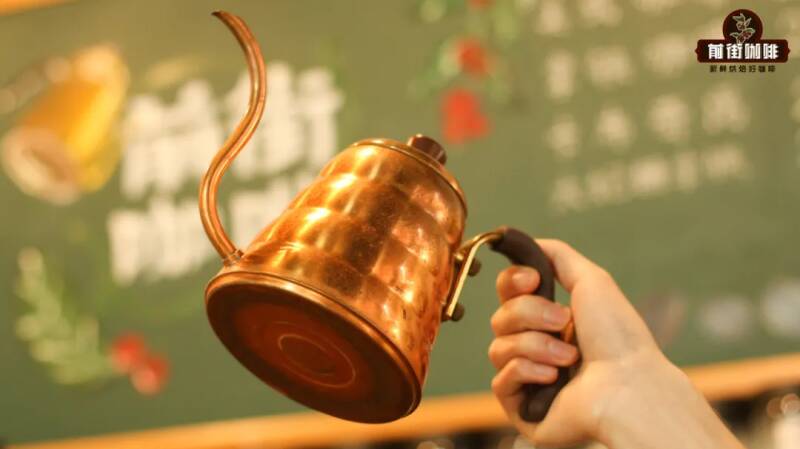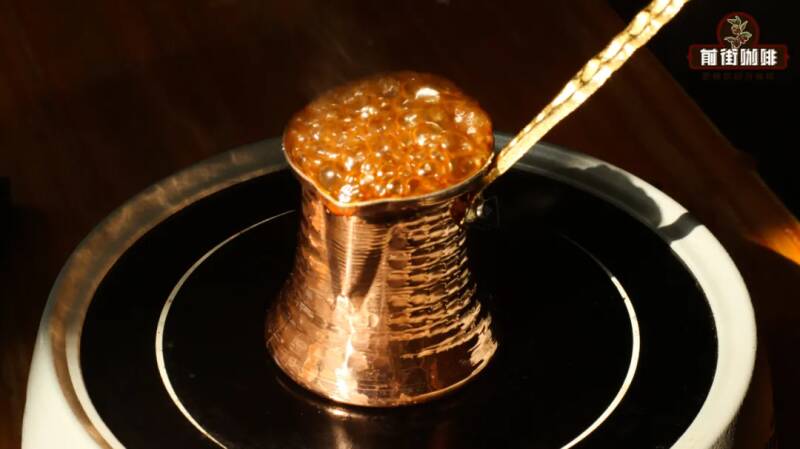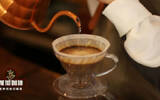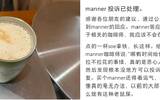In order to drink more refined coffee, she invented the filter cup! Who invented hand-brewed coffee? Who is Ms. Melita?
There are many ways to make coffee, and different ways of making coffee will add different delicacies to the coffee. Among these countless production methods, hand-brewed coffee stands out with the special advantages of speed, convenience, cleanliness and good flavor, and has become one of the mainstream coffee production methods that are popular all over the world.

Hand-brewed coffee is essentially trickling extraction! Filter the coffee liquid through the filter cup on the container, and finally you can drink the cleanest and delicious coffee in the most convenient way. In other words, the core of hand-brewed coffee is the "filter cup". Speaking of the filter cup, we have to mention a lady, it is that lady's "exquisite" persistence that the filter cup was born! So today in front of the street, let's talk about how this lady invented the filter cup.
The origin of the filter cup before the invention of the filter cup, the way of making coffee in the world was mainly "cooking". Turkish coffee and Ethiopian coffee are cooked by putting powdered coffee powder into boiling water and waiting for a period of time after cooking, so as to precipitate the coffee powder and reduce the coffee grounds when consuming coffee.

Later, people learned to use cloth as a filtering tool to sift out most of the coffee grounds and optimize the experience when drinking. As a result, for a long time, "cloth filter coffee" has become the mainstream of the coffee industry. But the disadvantage of using cloth as a filter is still very obvious! On the one hand, due to the production process, the caliber of the gap is a very spacious entrance to the coffee grounds, so it is difficult to filter the coffee grounds; second, the cost of the cloth is too high, so people can only reuse it through repeated cleaning, but it is difficult to clean the coffee grounds and coffee stains attached to the cloth, and it is easy to breed a peculiar smell. This is actually a rather disturbing thing for the people at that time. Until later, the appearance of the lady completely subverted such a bad situation. She is Amari Auguste Melita Bentz (Amalie Auguste Melitta Bentz).
Although most people don't know her nowadays, she is another important woman who promotes the development of coffee besides Ms. Erna Knudsen. Ms. Melita was born in Dresden, eastern Germany in 1873. She has a special hobby, coffee! There is nothing more pleasant for her to have two cups of coffee a day. But she is a perfectionist. Even though she drinks coffee a lot, she still can't stand the coffee grounds that affect her experience. So she began to think hard, trying to find a filter that would perfectly isolate the coffee grounds. Until one day, she was inspired by her son's blotting paper. Blotting paper is a kind of paper made of chemical wood pulp or cotton pulp, which is used to absorb excess ink left on the paper. The texture of the blotting paper is loose, which will seep out the excess liquid that cannot be contained after it is saturated (full of water). Because of this, Ms. Melita found a breakthrough, so she immediately took out the copper bowl at home, put it on the ground and made a small hole, then spread the blotting paper and coffee powder in the bowl in turn, and finally washed it with hot water. the clean and thorough coffee liquid dripped out through the hole. At this point, a new way of making coffee was officially born.
This is not the copper bowl. Ow! After several modifications to the filter, on June 20, 1908, the 37-year-old Ms. Melita officially registered her invention with the Royal Patent Office: a copper coffee filter cup with an outlet hole at the bottom! This is the birth of the world's first drip coffee filter cup. Then she took out her savings, set up Melita, and used her autographed Melitta as a registered trademark.
But in western countries, such a convenient instrument has not been much reused. People there prefer to use convenient and fast coffee making methods, coupled with the popularity of espresso machines, very few people use filter cups. On the contrary, in Japan, which is more than half a world away, they are fascinated by the use of drip cooking. Not only a variety of delicate filter cups have been developed, but also different cooking methods have been developed because of the study of theory. This has played a very important role in the spread of hand-made coffee!
In this way, hand-brewed coffee has become popular in the world and has become one of the mainstream extraction methods of coffee today. But who would have thought at the beginning that a long time ago, the prototype of these exquisite filters was just a copper bowl for household use?
-END-
Important Notice :
前街咖啡 FrontStreet Coffee has moved to new addredd:
FrontStreet Coffee Address: 315,Donghua East Road,GuangZhou
Tel:020 38364473
- Prev

Why is the coffee made at home not as good as the coffee in the shop? What details should I pay attention to when cooking by hand?
Most of my friends drink a good bean at Qianjie Store, so they will buy the same bean directly, so that they can enjoy the same delicious food in order to go home. As a result, the coffee brewed at home is completely different from the coffee drunk at the front street store. Then I will ask Qian Jie online or offline again: "Why rush at home?"
- Next

Without pulling flowers, a barista has no job
▲ Click to pay attention| Daily Boutique Coffee Culture Magazine Coffee Workshop Nowadays, most coffee shops when producing hot lattes and usually make rips for customers. Chain coffee shops like Manner stipulate that employees must pour rips for each cup of hot latte, so Manner's baristas practice a variety of rips.
Related
- Why does hot American coffee taste bitter? Difference in proportional concentration between hot American and ice American
- Is espresso stored overnight in the refrigerator harmful to your body? Is frozen coffee better than freshly ground coffee?
- What parameters and proportions of water temperature should be used to grind and brew fresh coffee beans? Why can't I drink freshly roasted coffee right away?
- Customers have "changed" Manner's new products! Shop assistant: Please don't mess around!
- Remove sockets in customer areas at Starbucks stores?! Netizen: I won't go if I really tear it down
- What is the difference between the taste steps of sun-dried coffee and washed coffee? Why is sun-cured coffee sweeter and washed coffee sour?
- The recipe for salty grapefruit dirty is revealed! Coffee Festival salty grapefruit dirty coffee making materials parameters ratio milk share!
- How about the flavor of Sunlight 74158 at Sidamo Banshaha Mathieu Processing Factory in Ethiopia? 74158 Share the proportion of coffee brewing parameters!
- What effect does Italian American coffee with filter paper have? Will coffee taste better if it is put on filter paper at the bottom of the powder bowl?
- What is the color difference in coffee beans? What are the characteristics of honey processed coffee beans? Why are the anaerobically treated coffee beans uneven in color?

